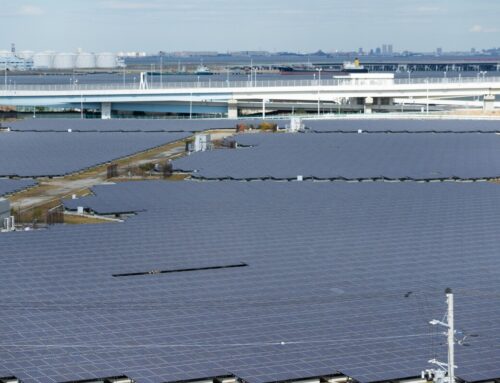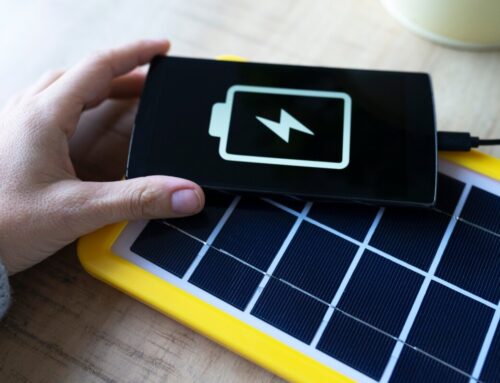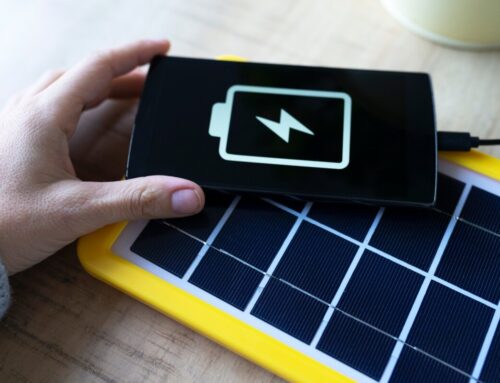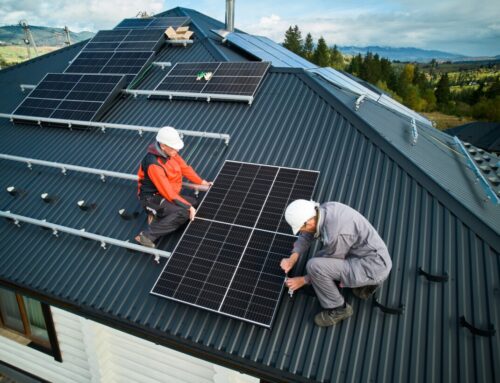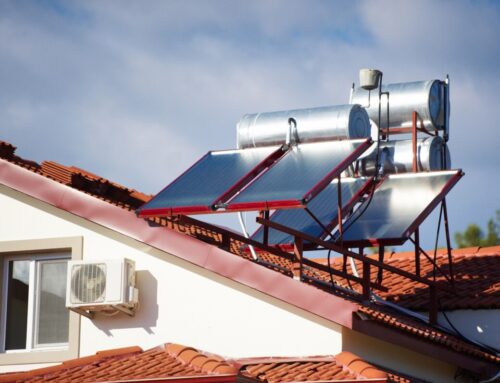Solar Kits for Home: Affordable Energy Setup
Solar kits for home have become one of the most accessible and cost-effective ways for homeowners in the U.S. to adopt renewable energy. As energy prices rise and environmental concerns grow, many people are looking for practical solar solutions that don’t require complicated installations or major upfront investments.
Home solar kits are pre-packaged systems that include everything needed to start producing solar power at home. Whether you’re powering a small cabin, offsetting part of your electric bill, or preparing for emergencies, these kits provide flexibility, efficiency, and independence from the grid.
In this guide, we’ll break down what solar kits for home include, the different types available, how much they cost, and the pros and cons of using them. You’ll also learn about installation methods, government incentives, and how to choose the right kit based on your energy needs.
What Are Solar Kits for Home?
Solar kits for home are all-in-one packages that include solar panels, inverters, charge controllers, mounting hardware, and sometimes batteries. They are designed to make solar installation simple for DIY users or homeowners working with contractors.
There are three main types of solar kits:
-
Grid-tied kits: Connect to your utility provider and offset your electricity bill.
-
Off-grid kits: Completely independent of the power grid, ideal for remote homes or cabins.
-
Hybrid kits: Offer both grid connection and battery backup for greater flexibility.
Components of a Solar Home Kit
A standard solar kit for home includes the following:
| Component | Function |
|---|---|
| Solar Panels | Capture sunlight and convert it into electricity |
| Inverter | Converts DC (direct current) into AC (alternating current) |
| Charge Controller | Regulates battery charging to prevent overcharging |
| Mounting Hardware | Secures panels to your roof or ground |
| Batteries (optional) | Store power for use when the sun isn’t shining |
| Cables/Connectors | Enable safe and efficient connection of all components |
Some advanced kits also include monitoring systems to track energy production.
Benefits of Solar Kits for Home
1. Simplicity
Solar kits are packaged with matched components, reducing compatibility issues and simplifying installation.
2. Cost Savings
By purchasing a bundled system, homeowners often save compared to buying individual components.
3. Energy Independence
Especially with off-grid and hybrid systems, solar kits can reduce or eliminate reliance on public utilities.
4. Customization
Available in a range of sizes and configurations, kits can match your specific energy needs.
5. DIY-Friendly
Many kits are designed for do-it-yourself installation, saving you even more on labor costs.
Types of Solar Kits for Home
Grid-Tied Solar Kits
-
Connect directly to your home’s electrical system
-
Feed excess energy back to the grid (net metering)
-
Do not work during power outages unless paired with batteries
Off-Grid Solar Kits
-
Best for remote locations or self-reliant living
-
Include batteries for storage
-
No utility connection required
Hybrid Solar Kits
-
Combine the benefits of grid-tied and off-grid systems
-
Include battery backup to provide energy during outages
-
More complex but increasingly popular among U.S. homeowners
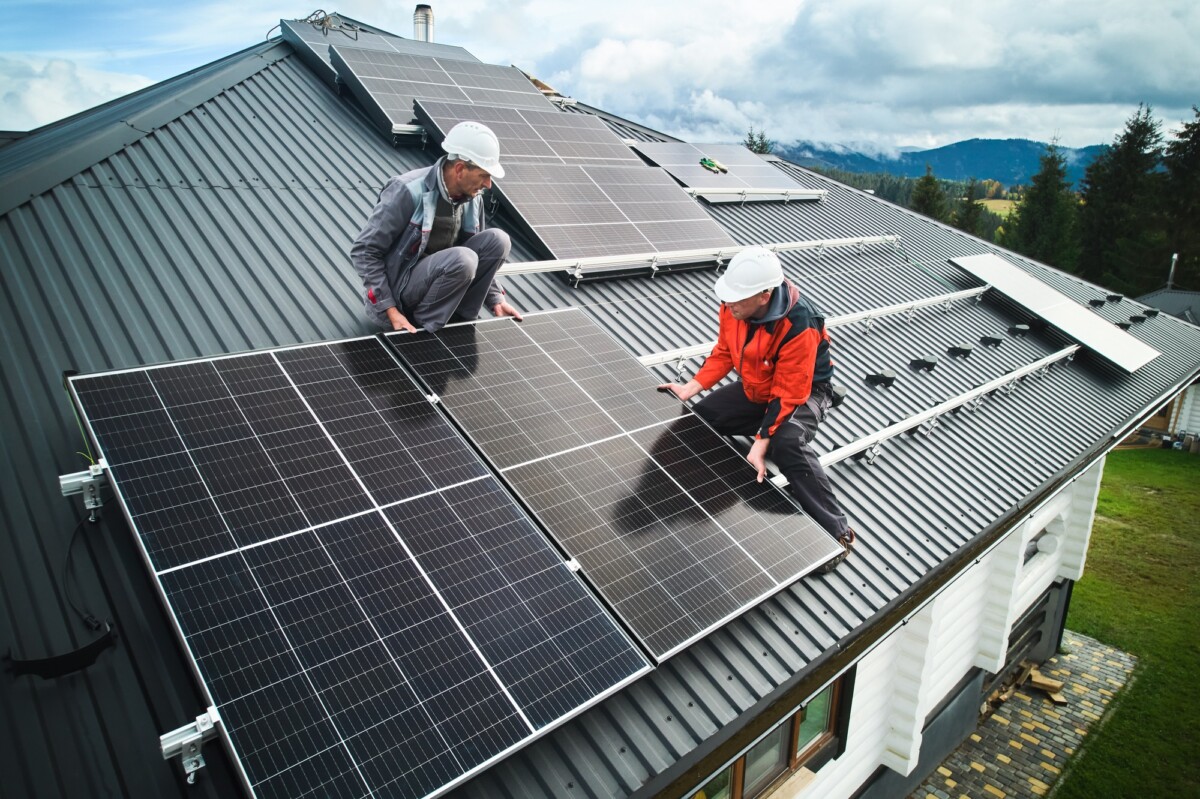
Curious about solar? Let us help you discover how solar energy can revolutionize your home and save you money. Request Your Free Solar Estimate at SOLAR ENERGY
Sizing a Home Solar Kit
To choose the right solar kit for home, calculate your energy usage. U.S. households typically consume 800–1,200 kWh per month. Use your electricity bill to determine your monthly and daily needs, then size your kit accordingly.
| Usage Type | System Size | Estimated Cost (DIY) |
|---|---|---|
| Small cabin | 1–2 kW | $2,000 – $4,000 |
| Partial home offset | 3–5 kW | $4,000 – $9,000 |
| Full home usage | 6–10+ kW | $10,000 – $20,000+ |
Note: Prices vary based on brand, components, and battery inclusion.
Installation Process
1. Site Assessment
Evaluate your roof angle, shading, and sun exposure. South-facing roofs are optimal in the U.S.
2. Mounting Panels
Use the included hardware to secure solar panels. Roof and ground mounting options are typically available.
3. Connecting the System
Wire the panels to the inverter and battery (if applicable). Most kits come with step-by-step guides.
4. Inspection and Activation
If you’re grid-tied, you’ll need utility approval and possibly a permit. DIY off-grid systems often skip this.
Are Solar Kits Worth It?
Pros:
-
Lower upfront cost than custom solar systems
-
Quick and easy to install
-
Ideal for DIYers and rural homes
-
Scalable — you can expand later
Cons:
-
May lack customization for complex roof layouts
-
Batteries add significant cost
-
Some kits are underpowered for large homes
For many homeowners, solar kits are a great entry point into solar power, especially for partial home usage or backup power.
Federal and State Incentives
In the U.S., the Federal Solar Investment Tax Credit (ITC) offers a 30% tax credit on solar kit purchases and installations through 2032. Many states also provide:
-
Property tax exemptions
-
Sales tax exemptions
-
State-level rebates or incentives
Check the Database of State Incentives for Renewables & Efficiency (DSIRE) to find programs in your area.
Maintenance Tips
-
Clean Panels Quarterly: Dust, pollen, or snow can reduce output.
-
Check Battery Health: For kits with batteries, monitor charge cycles and voltage levels.
-
Secure Wiring: Keep animals, moisture, and corrosion away from cables and connectors.
-
Monitor Output: Use included tools or apps to track system performance.
Common Mistakes to Avoid
-
Undersizing your system
-
Ignoring local permit requirements
-
Poor roof placement or shading
-
Not including backup battery if needed
-
Buying low-quality, mismatched components
Quality solar kits are usually UL-listed and backed by warranty. Always buy from a reputable supplier.
5 FAQs About Solar Kits for Home
1. Can I install a solar kit myself?
Yes, many solar kits for home are designed for DIY installation, especially off-grid and small grid-tied systems.
2. What’s the lifespan of a solar kit?
Solar panels last 25–30 years; inverters last 10–15 years; batteries 5–10 years depending on type.
3. Do solar kits work during a power outage?
Only off-grid and hybrid kits with battery backup will provide power during outages.
4. Can I add more panels later?
Yes, many systems are expandable. Just make sure your inverter and charge controller support additional capacity.
5. How do I know what size kit I need?
Check your utility bill. A 1 kW system generates about 120–150 kWh/month depending on your region.
Final Thoughts
Solar kits for home are a smart, flexible, and increasingly popular solution for U.S. homeowners looking to reduce their electric bills and environmental impact. Whether you’re aiming for full energy independence or just want to power a few essentials, there’s a solar kit out there that fits your needs. Thanks to simplified installation, government incentives, and a wide range of options, it’s never been easier to make the switch to solar energy.
Don’t wait to go solar! Thousands of homeowners are saving—join them and start reaping the benefits.
Book Your Free Consultation at SOLAR ENERGY
Explore additional solar solutions at NEW SOLAR QUOTES and discover how it can benefit your home!


